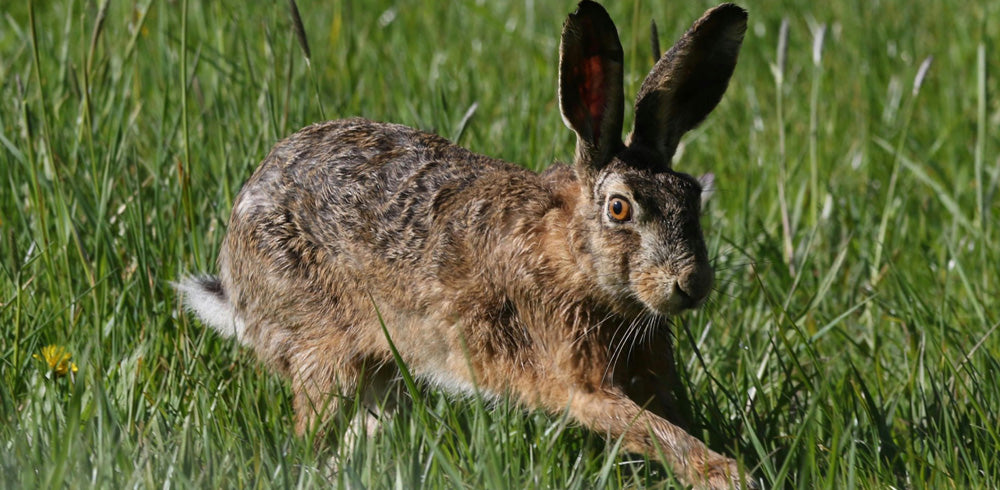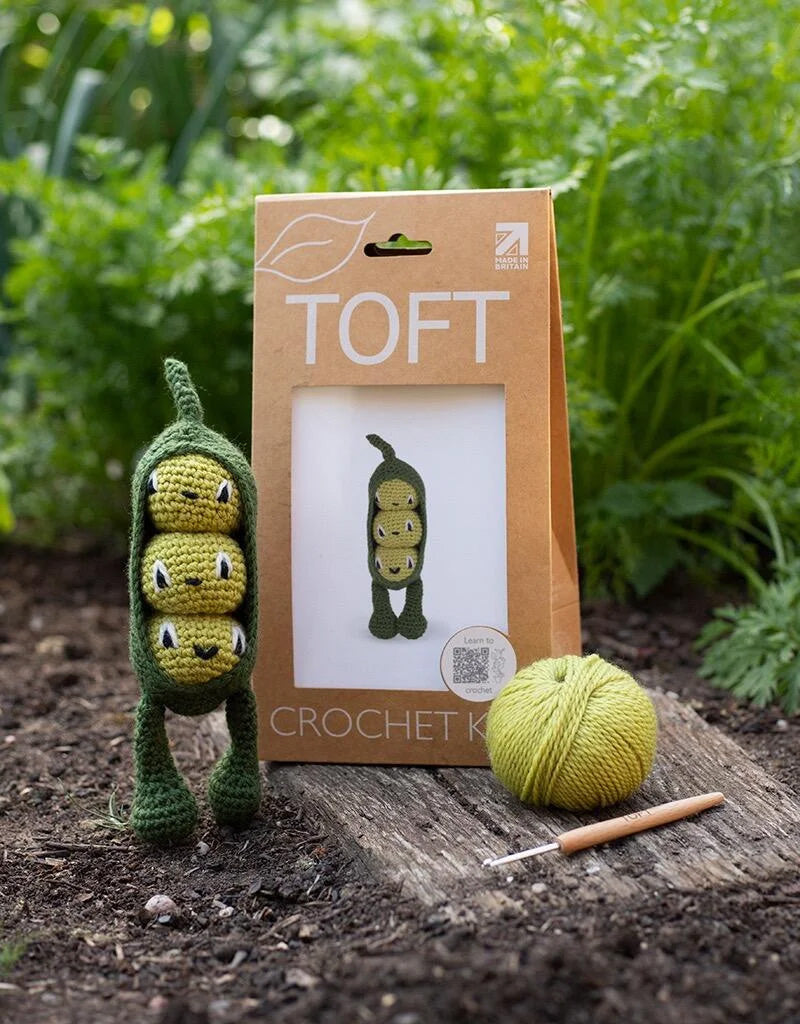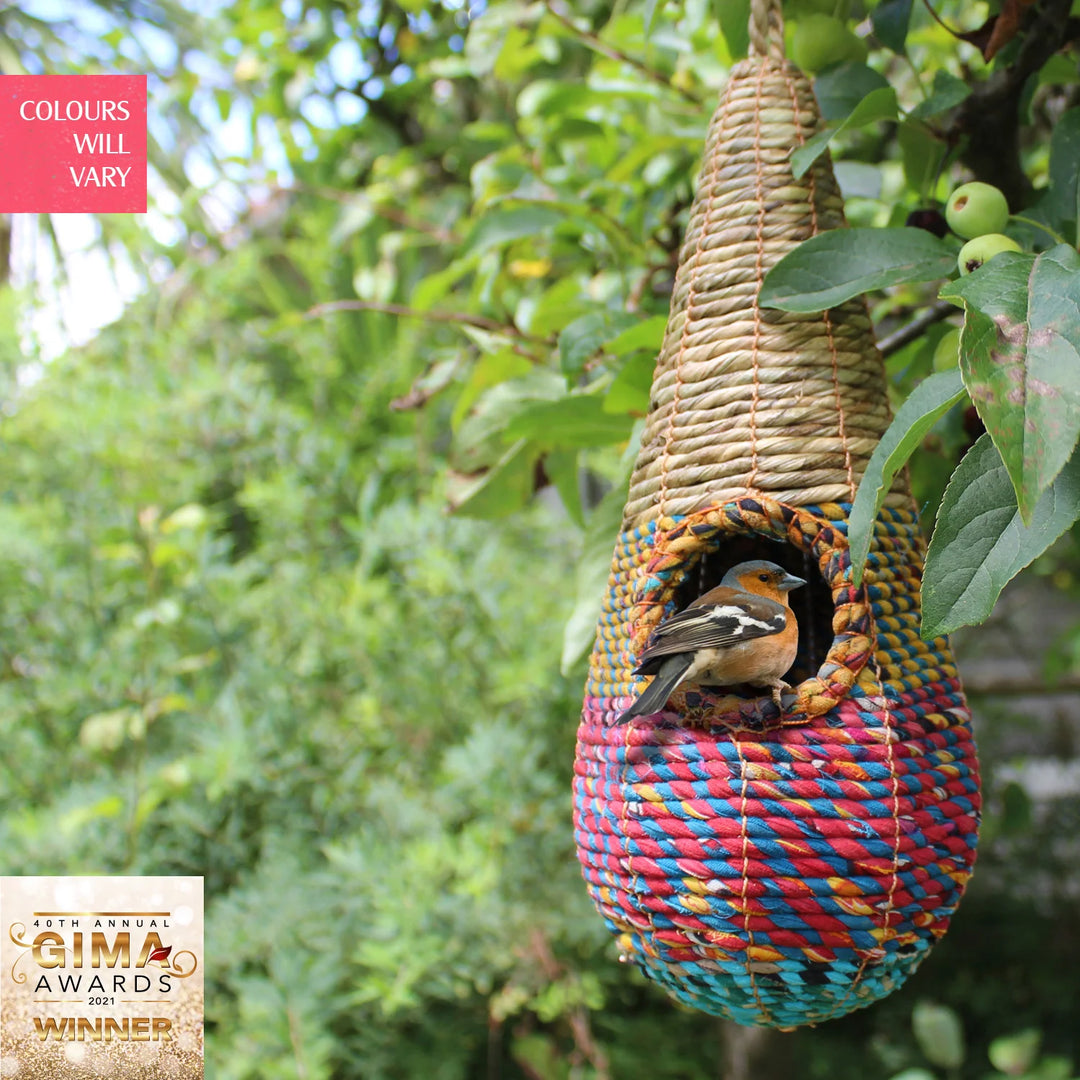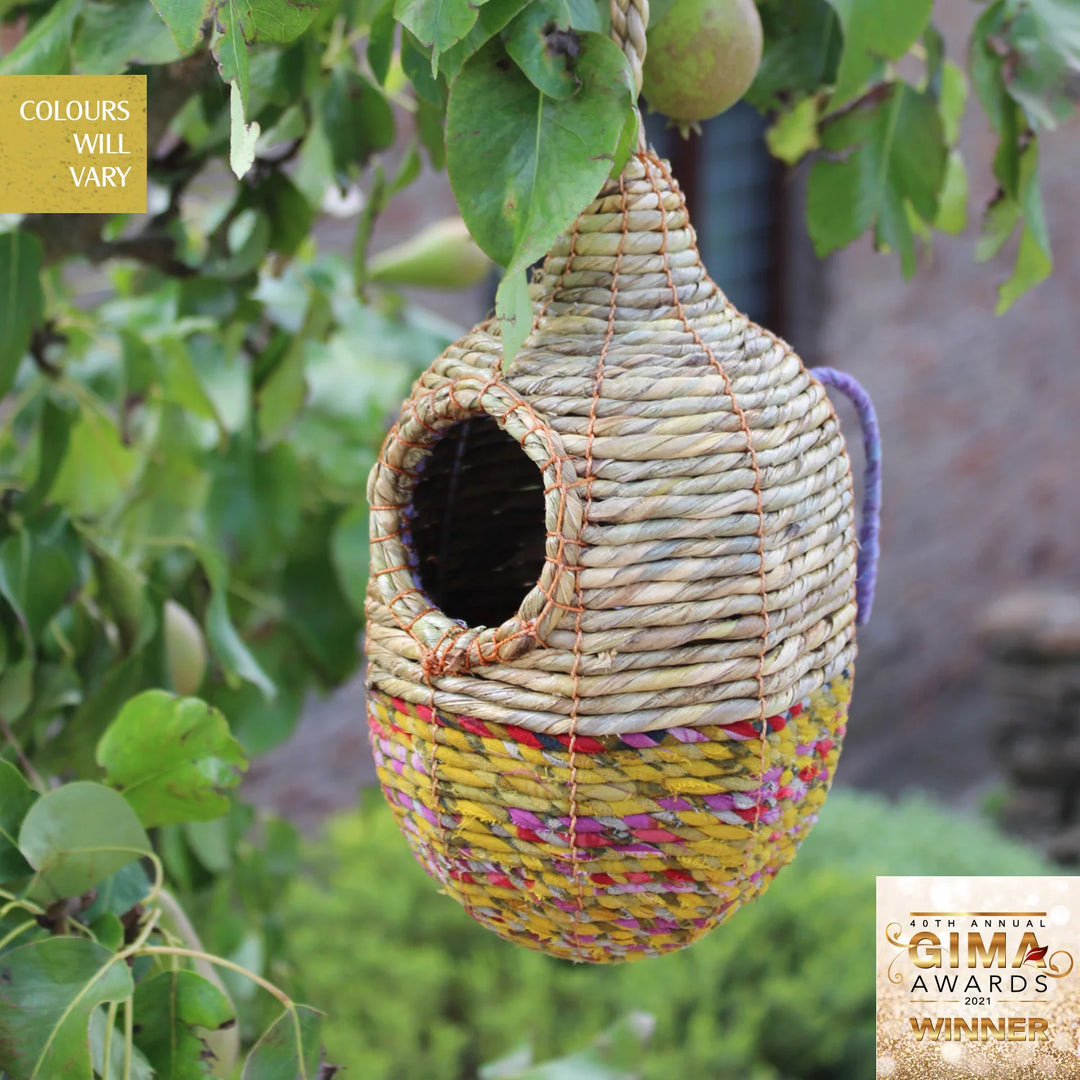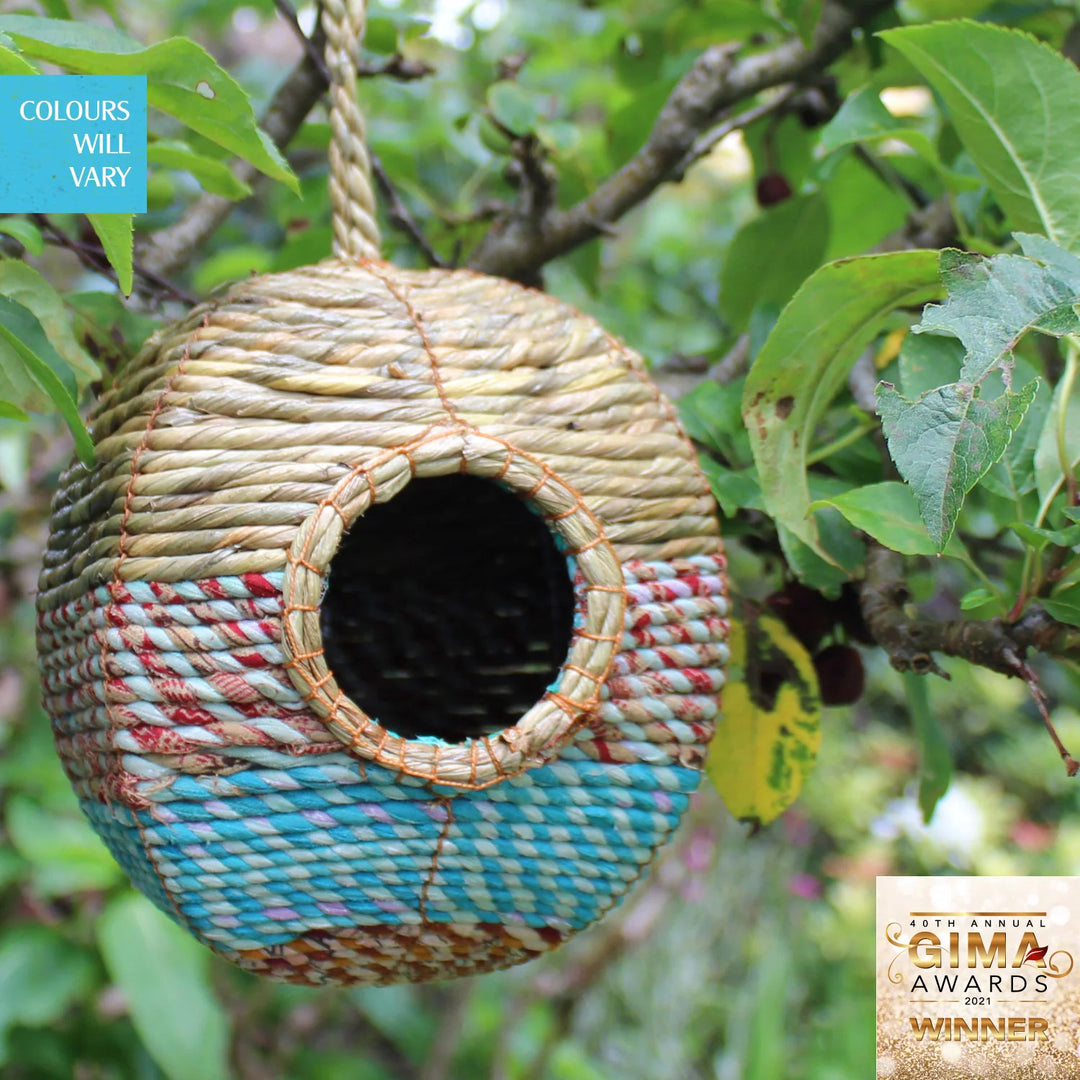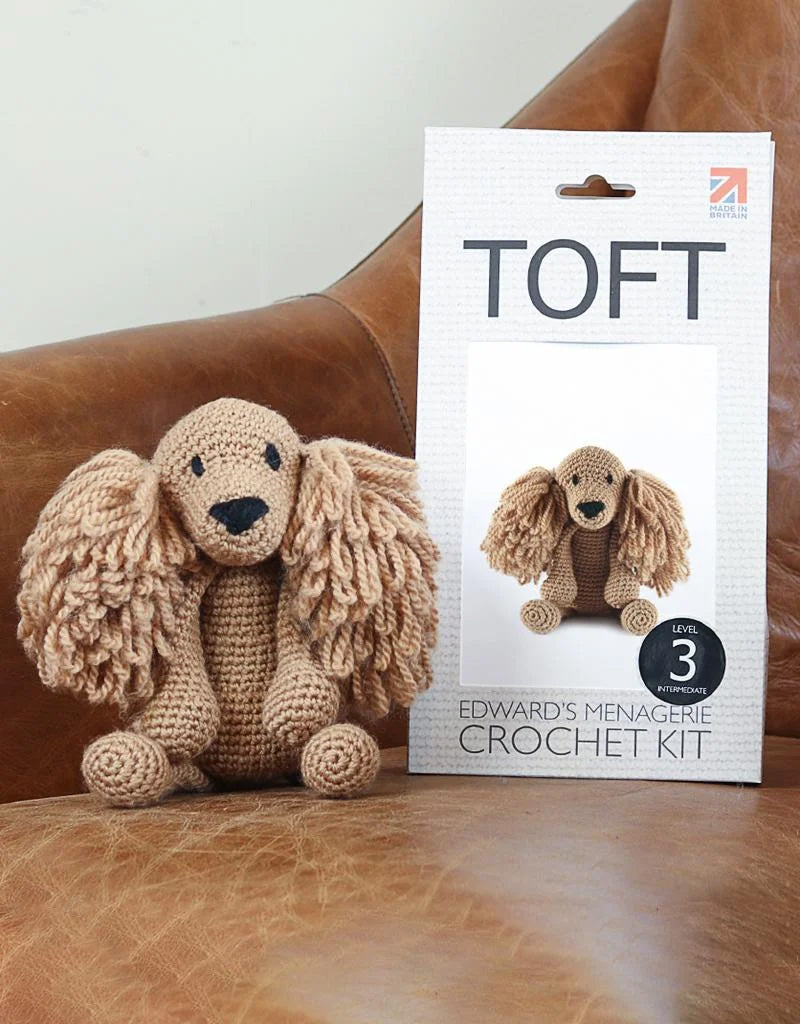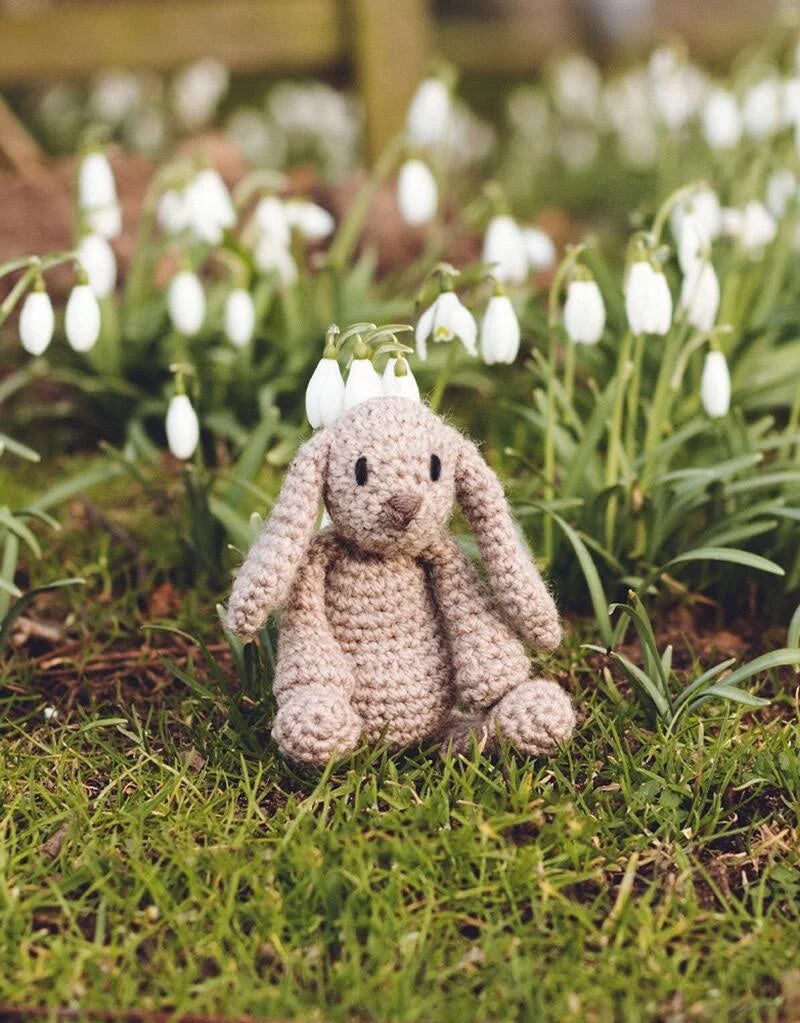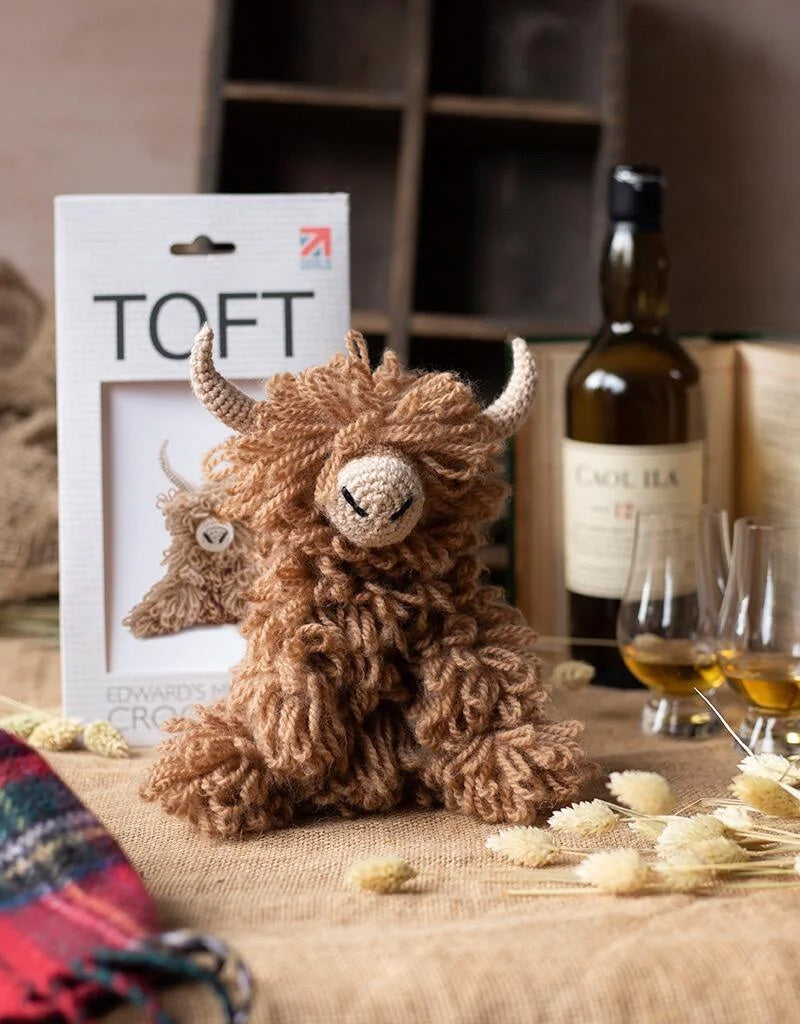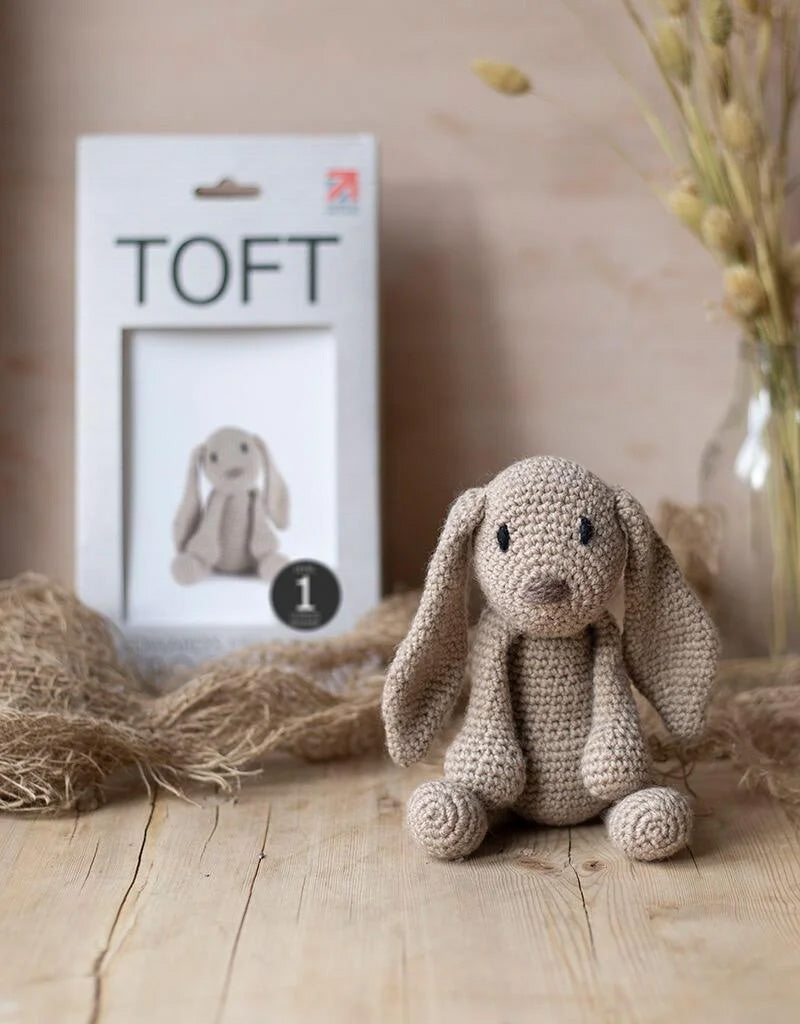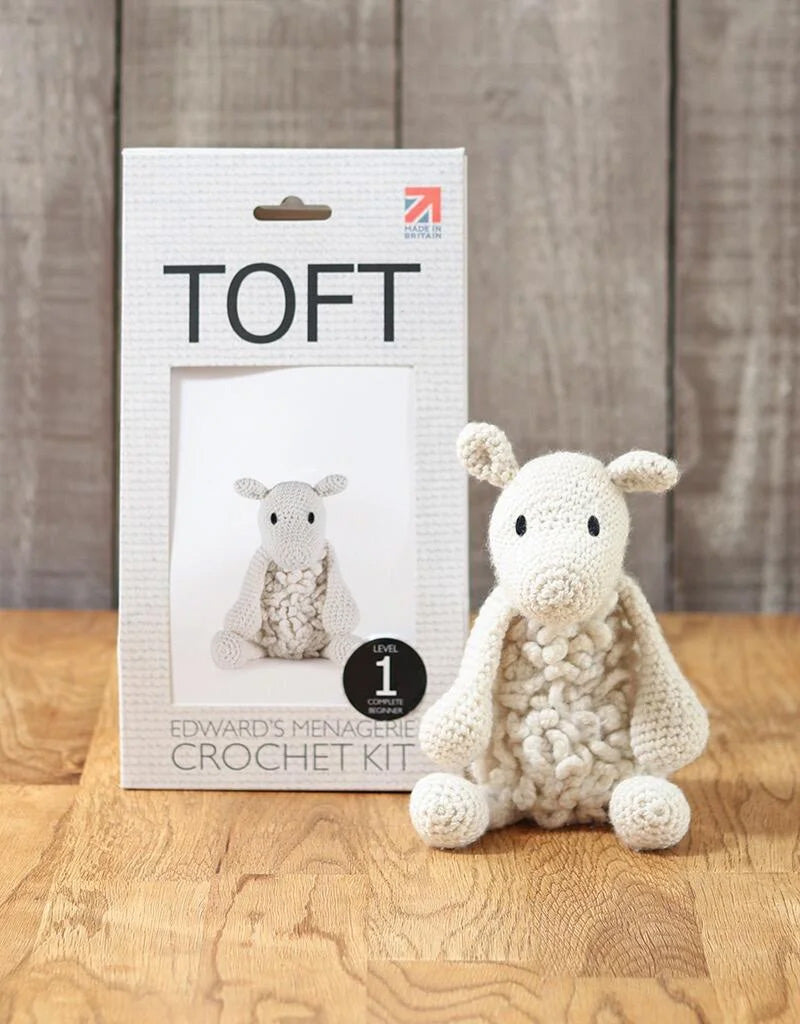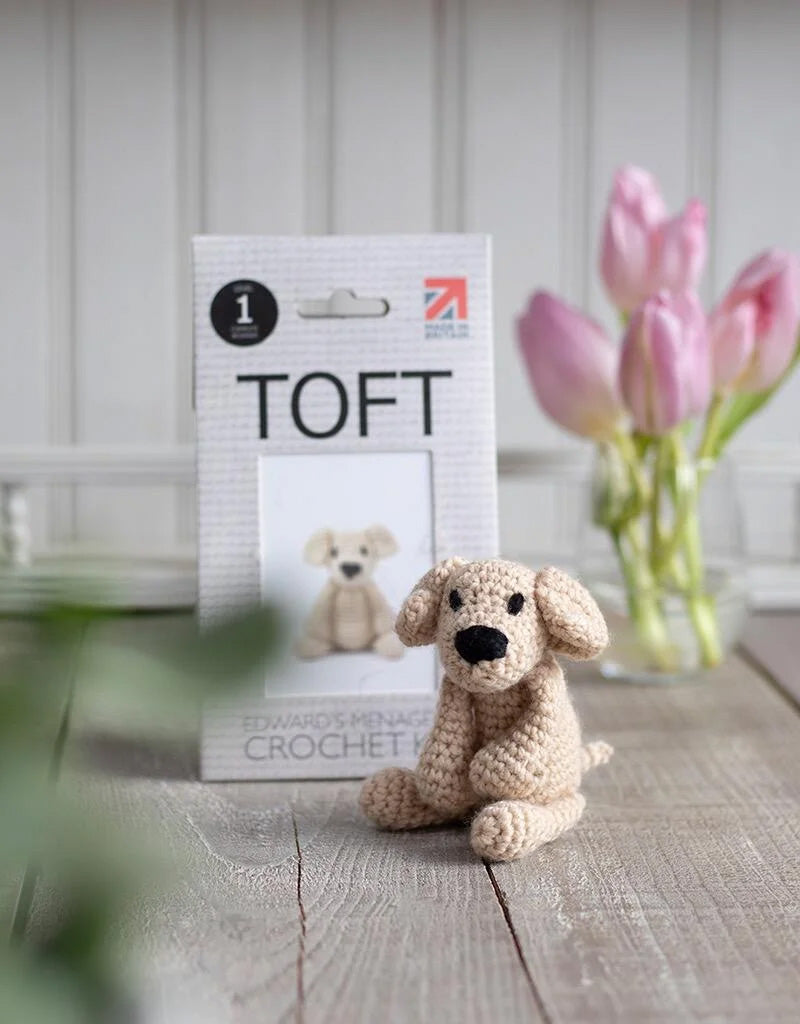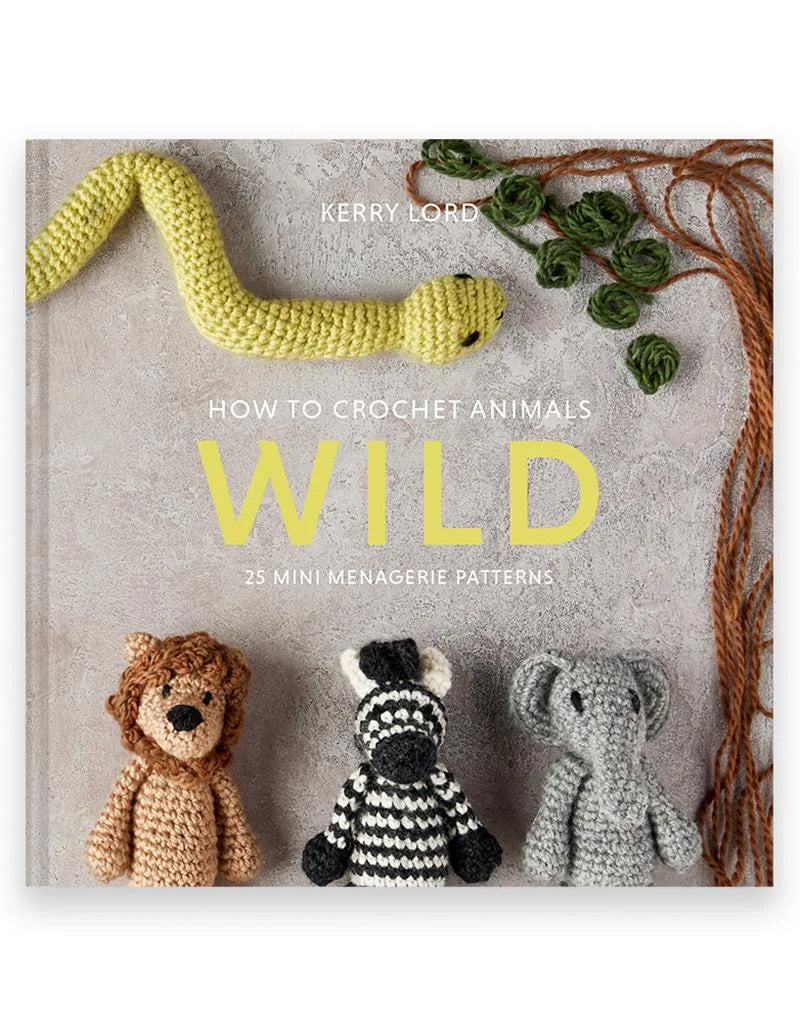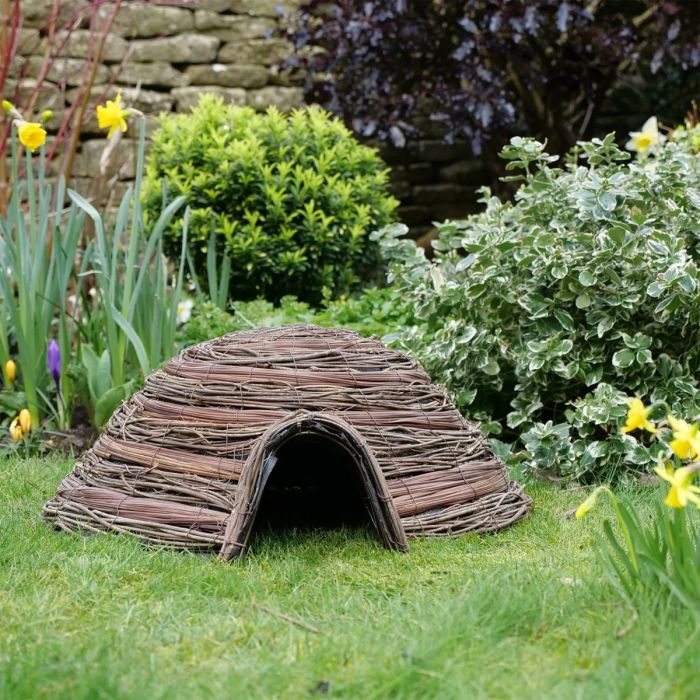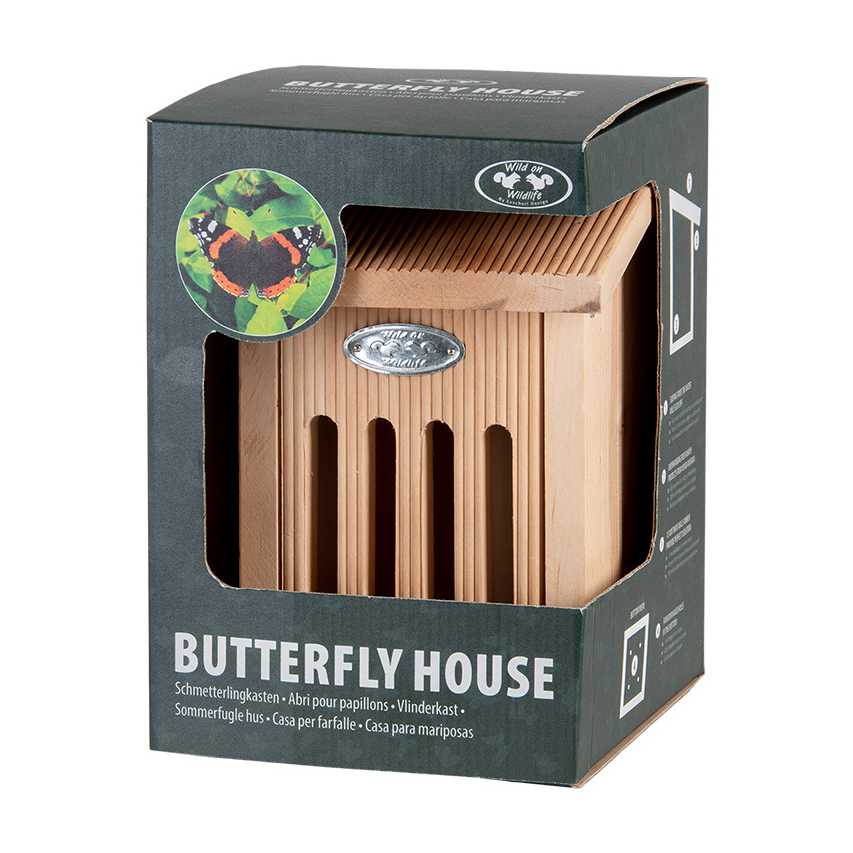Brown Hares
These animals are known for their speed and agility, making them a popular sight for wildlife enthusiasts. However, they are also considered to be dangerous to farmers due to their feeding habits and potential for crop damage.
The diet of brown hares in the UK consists mainly of grasses, herbs, and other plant material. They are herbivores, meaning that they only eat vegetation. This diet provides them with the necessary nutrients to survive and thrive in their natural habitat. However, their feeding habits can sometimes bring them into conflict with farmers, who may see them as pests that need to be controlled.
Brown hares in the UK are known for their ability to adapt to a wide range of habitats. They can be found in fields, meadows, woodlands, and even urban areas. They prefer open spaces where they can run and hide from predators. Their natural habitat provides them with the food and shelter they need to survive.
Despite their adaptability, brown hares in the UK are considered to be endangered. Their populations have declined in recent years due to habitat loss, hunting, and other factors. As a result, they are now protected under UK law, making it illegal to hunt or harm them in any way.
Brown hares in the UK are known to hibernate during the winter months. This is a survival strategy that allows them to conserve energy and stay warm during the cold weather. They will often find a sheltered spot to curl up and sleep until the weather improves. During this time, they will not eat or drink, relying on their fat reserves to sustain them.
One of the most distinctive features of brown hares in the UK is their colour. They are known for their brown fur, which helps them blend in with their surroundings. This camouflage is essential for their survival, allowing them to avoid predators and stay hidden from danger.
In conclusion, brown hares in the UK are fascinating creatures that play an important role in the ecosystem. They are herbivores with a diverse diet, adaptable to a variety of habitats, and endangered due to various threats. They are protected by law and hibernate during the winter months. Their brown fur helps them blend in with their surroundings, making them a unique and beautiful sight in the British countryside.
The diet of brown hares in the UK consists mainly of grasses, herbs, and other plant material. They are herbivores, meaning that they only eat vegetation. This diet provides them with the necessary nutrients to survive and thrive in their natural habitat. However, their feeding habits can sometimes bring them into conflict with farmers, who may see them as pests that need to be controlled.
Brown hares in the UK are known for their ability to adapt to a wide range of habitats. They can be found in fields, meadows, woodlands, and even urban areas. They prefer open spaces where they can run and hide from predators. Their natural habitat provides them with the food and shelter they need to survive.
Despite their adaptability, brown hares in the UK are considered to be endangered. Their populations have declined in recent years due to habitat loss, hunting, and other factors. As a result, they are now protected under UK law, making it illegal to hunt or harm them in any way.
Brown hares in the UK are known to hibernate during the winter months. This is a survival strategy that allows them to conserve energy and stay warm during the cold weather. They will often find a sheltered spot to curl up and sleep until the weather improves. During this time, they will not eat or drink, relying on their fat reserves to sustain them.
One of the most distinctive features of brown hares in the UK is their colour. They are known for their brown fur, which helps them blend in with their surroundings. This camouflage is essential for their survival, allowing them to avoid predators and stay hidden from danger.
In conclusion, brown hares in the UK are fascinating creatures that play an important role in the ecosystem. They are herbivores with a diverse diet, adaptable to a variety of habitats, and endangered due to various threats. They are protected by law and hibernate during the winter months. Their brown fur helps them blend in with their surroundings, making them a unique and beautiful sight in the British countryside.


